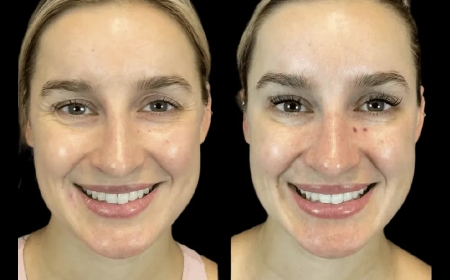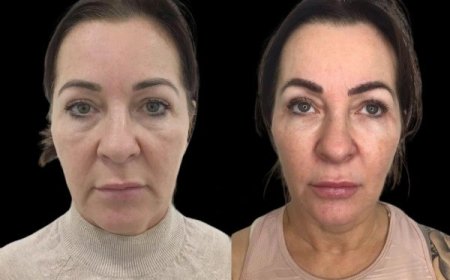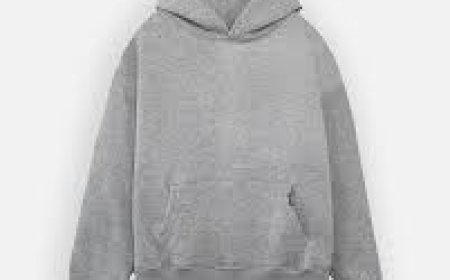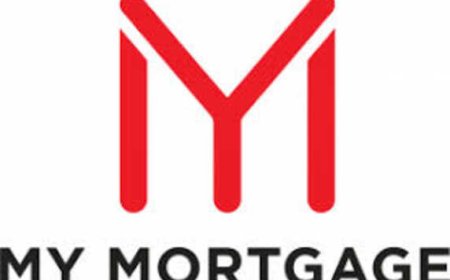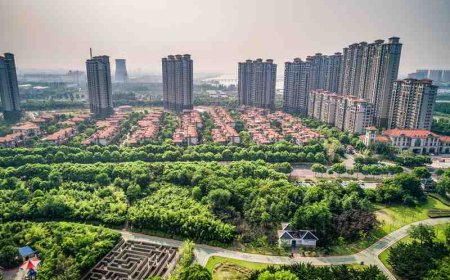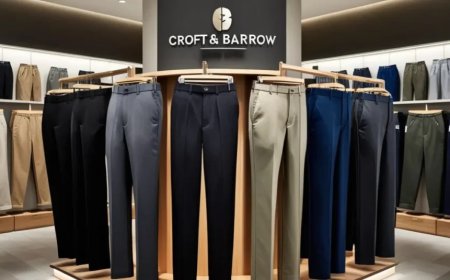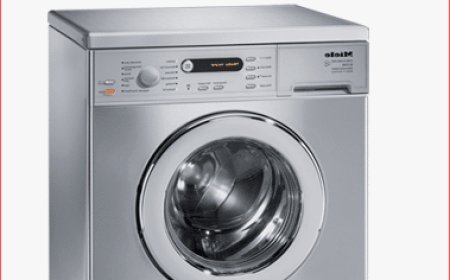An In-Depth Look at PP Spunbond Non-Woven Fabric: Applications, Manufacturing, and Industry Insights

In recent years, PP spunbond non-woven fabric has become a key material across a range of industries, from medical to agricultural, to hygiene, to industrial applications. It is uniquely strong, durable, and environmentally-friendly, providing a solution that transformed manufacturing all around the world. With this increased demand, it is now more important than ever to understand the detailed information on PP spunbond non woven fabric, such as its manufacturing processes, classification codes, as well as significant manufacturers like the largest PP spunbond non woven fabric manufacturer. In this article, we highlight the important details everyone should know to benefit from this pioneering product.
What Is PP Spunbond Non-Woven Fabric?
Unlike traditional woven fabrics, PP spunbond non woven fabric hs code are made without weaving or knitting. Spunbond non-woven fabrics are lightweight, and incredibly strong! The spunbond process begins with the process of extruding molten polypropylene through fine spinnerets to form fine strands or filaments of polypropylene, and laying them randomly on a conveyor belt to form a non-woven web. The bonded fibers can be finished with heat, pressure or chemical adhesives to create a non-woven fabric. Despite being a non-woven, spunbond fabrics behave more like a woven fabric with uniformity in the structure, great tensile strength, great breathability, great chemical resistance, and excellent options for dyeing and printing. As a non-woven fabric, they can also be treated to obtain hydrophobic and water-resistant characteristics.
What a PP Spunbond Non-Woven Fabric Manufacturer Does
The production of PP spunbond non woven fabric utilizes state of the art machinery and adheres to rigorous quality control measures. Leading PP spunbond non woven fabric manufacturers ensure that every roll of fabric adheres to the stringent industry standards established for strength, uniformity and safety. These manufacturers generally adopt full closed loop, production systems with extensive production lines that allow orders of all size. Additionally, PP spunbond non woven fabric manufacturers can customize product specifications such as weight, width, color, and type of bonding, to meet a variety of customers' needs. With a highly developed textile manufacturing base, Gujarat is a recognized center for PP spunbond non woven fabric manufacture and where many of the prominent PP spunbond non woven fabric manufacturers in Gujarat are located because of the region's hold in industrial development, people with a skilled labour force, and transport for export.
Applications and Advantages of PP Spunbond Non Woven Fabric
The flexibility of PP spunbond non woven fabric manufacturer in gujarat is implied by its diverse range of applications. In the medical arena it is used for surgical gowns and face masks and sterilization wraps based on impact and breathability. In agriculture it is used for crop covers, soil stabilization mats and weed barriers for plants while allowing air to breath. The hygiene sector has a heavy reliance on spunbond non-wovens for diapers, feminine hygiene products and wipes due to softness and absorbency. Industrial applications have included geotextiles, insulation supports and packaging. Its advantages are boundless, sustainability, biological degradation resistance, economy, recyclable and disposal ease. These features make it an ideal selection for a manufacturer that wants sustainable high performance textiles.
Choosing the Right PP Spunbond Non Woven Fabric
When deciding on which PP spunbond non woven fabric to use, you will need to take several things into consideration, such as thickness, weight, tensile strength, and chemical resistance. For example, medical grade fabrics will have cleanliness standards and bonding requirements that agricultural products may have to make focus on permeation and UV stabilization. It is always advisable to work with professional, reputable PP spunbond non woven fabric manufacturers that offer specific custom solutions for your project. Quality control is critically important, so be sure to confirm certifications, testing and production regularities as part of your procurement process.
Conclusion: The Future of PP Spunbond Non Woven Fabric Industry
To conclude, PP spunbond non woven fabric manufacturer is an important material that continues to transform multiple industries due to its creative abilities and sustainable characteristics. The distinct advantage of this fabric lies in its manufacturing ease, cost advantage, and versatility which makes it the material of choice for a variety of industrial and consumer needs. Further, this is especially appropriate with the increase in focus on versatility of eco-friendly textiles! The job of providing superior PP spunbond non woven fabric is mainly in the hands of the experts working as manufacturers, especially in states like Gujarat. Of course, understanding trade classifications like HS code, and using proper selection and application methods, will ensure businesses can take full advantage of this great fabric.
Frequently Asked Questions
-
Who is the largest manufacturer of PP Spunbond Non Woven Fabric?
For PP Spunbond Non-Woven Fabric, Singhal Landscape Geotextile Manufacture is the biggest producer. -
How does the HS code impact international trade of PP spunbond non woven fabric?
Accurate classification ensures smooth international transactions and compliance with trade laws. -
Can PP spunbond non woven fabric be recycled?
Yes, polypropylene is recyclable. Many manufacturers produce spunbond fabrics that can be processed and reused, supporting sustainable practices.







